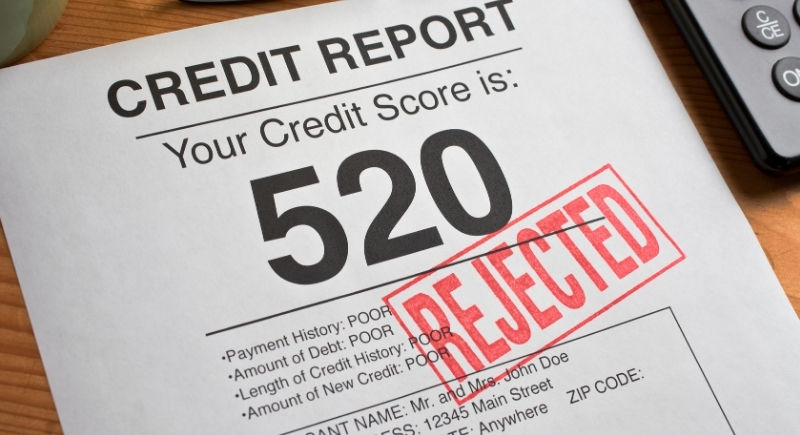Why Gen Z Is Struggling to Build Credit in This Economy
Across the U.S., young adults entering the workforce are finding that financial independence now comes with more obstacles than opportunities. As they reach the most credit-dependent stage of life—renting apartments, financing cars, and applying for credit cards—many are hitting unexpected barriers. Credit scores among Gen Z have dropped sharply in 2025, mainly because the system built to help first-time borrowers build trust has become increasingly difficult to access.
Credit Scores On The Decline

Image via Getty Images/KLH49
According to FICO’s Credit Insights Report, Gen Z’s average credit score has fallen to 676, well below the national average of 715. Around 14% of borrowers in this group saw their score fall by 50 points or more this year, the most significant drop of any generation in five years.
The decline has been steady since pandemic-era relief programs ended and student loan repayments resumed, which forced millions back into a system they weren’t fully prepared to manage.
Student debt remains a key pressure point. About one-third of Gen Z borrowers have student loans, twice the national rate. The Department of Education reports that 6.5 million borrowers missed payments this year, and federal loan delinquencies are reported directly at 90 days overdue.
A single late payment can cut scores by over 100 points and stay visible for years, thus making it harder to qualify for affordable mortgages, car loans, and even some jobs.
The Debit-First Dilemma
Gen Z spends primarily through debit cards, peer-to-peer apps, and “buy now, pay later” services. These tools make transactions quick and debt-free, yet they fail to build credit because they aren’t reported to bureaus.
As a result, many young consumers remain financially active but invisible to lenders. The traditional path to credit, which often began with a starter credit card or a small installment loan, has narrowed as banks focus on premium customers with established histories.
Some fintech firms are working to fill that gap. Splitit, for instance, has partnered with DXC Technology to allow banks to embed installment payments into debit cards. The system aims to create short-term payment plans. If adopted widely, it could give debit users a practical way to prove financial reliability while avoiding traditional revolving debt.
The Cost Of Weak Credit

Image via Getty Images/dashu83
Lower scores translate to higher costs. On a $300,000 mortgage, a borrower with a 676 score might pay about $300 more each month than someone with excellent credit. A $20,000 car loan could add another $50 monthly. Over ten years, that difference can total more than $60,000 in extra interest and fees.
Utilities and insurance companies also use credit scores to set deposits and premiums, which can raise everyday costs long before someone qualifies for a major loan.
Pandemic-era habits contributed to the trend. Deferred bills, stimulus payments, and flexible deadlines made missed payments seem manageable, but that safety net has disappeared. With financial aid gone and inflation still high, late payments now carry lasting consequences.
A Generation Working Against The System
Surveys show that nearly half of Gen Z understand how credit scores function, yet opportunity remains scarce. Entry-level wages lag behind inflation, housing costs continue climbing, and savings are limited.
PYMNTS data shows that Gen Z adults have an average of $5,948 in liquid savings, which is much less than older generations. This makes it harder to recover from missed payments or build a stable financial cushion.
Small steps are still effective. Consistent on-time payments, rent-reporting programs, and secured credit cards can all rebuild trust with lenders. Gen Z is finding its footing in an economy that demands proof of responsibility before giving access to the tools needed to build it.